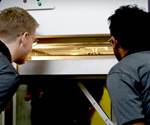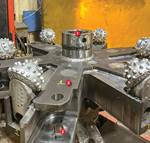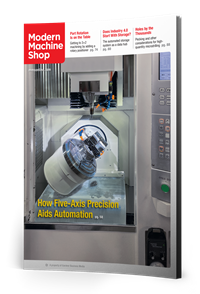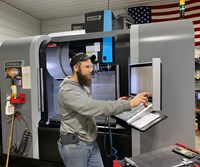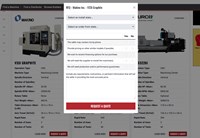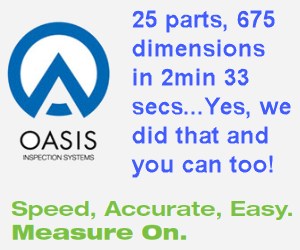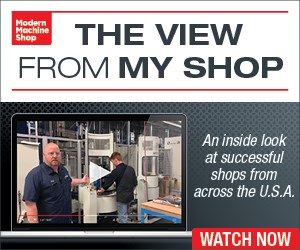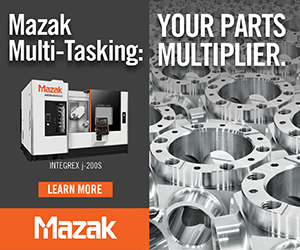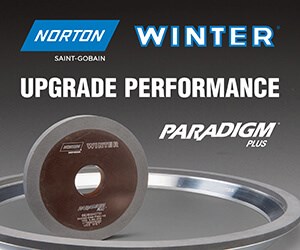Lower Buy-to-Fly Ratios with Near-Net Additive Manufacturing
Building up large parts with wire-arc metal 3D printing rather than machining from solid has allowed this aerospace manufacturer to reduce its buy-to-fly ratio dramatically.
.JPG;maxWidth=720)
Machining a large aerospace part like this from solid can result in up to 90% of the material being scrapped as chips. Building it up with metal 3D printing greatly reduces the machining time and amount of material needed.
“We buy raw material to make it fly; the less material remains on the ground the better,” says Heinz Baehr, a member of the executive board for Aircraft Philipp Group in Übersee, Germany.
This dichotomy between material purchased and material that ultimately ends up in flight can be expressed by a buy-to-fly ratio, in other words the ratio of material input to final part output. A high ratio means that much of the raw material that was purchased never made it to the air. Most of that material became scrap on the ground, likely cut away in a machining process. When dealing with expensive metals like titanium, those unused chips can add up to significant cost. A conventional process like milling can have a buy-to-fly ratio 10 or higher.
To reduce scrap and improve its buy-to-fly ratio, Aircraft Philipp has implemented metal additive manufacturing (AM) to manufacture near-net-shape parts. Using a wire-arc-based AM system from Gefertec to print large parts has reduced machining time as well as material usage. As a result, the company’s buy-to-fly ratio is now close to 2 on large aerospace components.
Read more in this report from Barbara Schulz, European correspondent for Modern Machine Shop and sister publication Additive Manufacturing.

Additive Manufacturing Conference
Want to learn more about AM for part production? Attend the Additive Manufacturing Conference + Expo, a three-day technical conference, exhibit hall and business networking event focused on the industrial applications of additive technologies for production. Register here.
Related Content
-
Horizontal High-Speed Machining Saves Hundreds of Work Hours
High-speed machining is the latest change at Blair-HSM South, helping this once old-fashioned shop improve productivity and morale while enabling new work.
-
Digital Twins Give CNC Machining a Head Start
Model-based manufacturing and the digital thread enable Sikorsky to reduce lead times by machining helicopter components before designs are finalized.
-
Machine Monitoring Boosts Aerospace Manufacturer's Utilization
Once it had a bird’s eye view of various data points across its shops, this aerospace manufacturer raised its utilization by 27% in nine months.

.jpg;width=70;height=70;mode=crop)
